In Photos: Borneo's Quirky Species
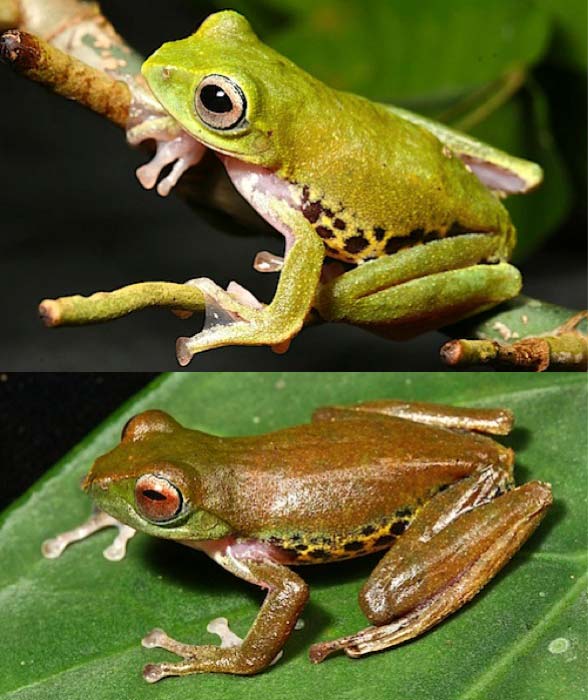
Fiery Snake

Kopstein’s Bronzeback snake (Dendrelaphis kopsteini) can reach an impressive length of about 5 feet (1.5 meters). Its neck is colored a bright orange, which fuses into an iridescent and vivid blue, green and brown pattern that extends the entire length of its body.
Flat-headed Frog

Although not a new species discovery, scientists did discover something amazing about the Bornean flat-headed frog (Barbourula kalimantanensis) in 2008. The 2.8-inch-long (7 cm) species is the world’s first lungless frog. Instead of lungs, the slimy amphibian breathes through its skin. Other organs can be found in the place lungs would normally be, which makes the overall appearance of the frog flatter.The flatter body shape means more surface area relative to volume with which to absorb oxygen. In addition, the squashed shape is more aerodynamic, allowing the frogs to maneuver better in the fast-flowing streams in the Kalimantan rainforest where the species lives.
Skinny Insect

Measuring more than 1.6 feet (0.5 meters) in length, the world's longest stick insect (Phobaeticus chani) was found near Gunung Kinabalu Park, Sabah. So far, only three specimens of the species have been found, all in the Heart of Borneo. Like other stick insects, this one has camouflaged itself to look like a twig; normally such insects remain perfectly still and when they have to move, they make like a twig swaying in the breeze.
Ninja Slug
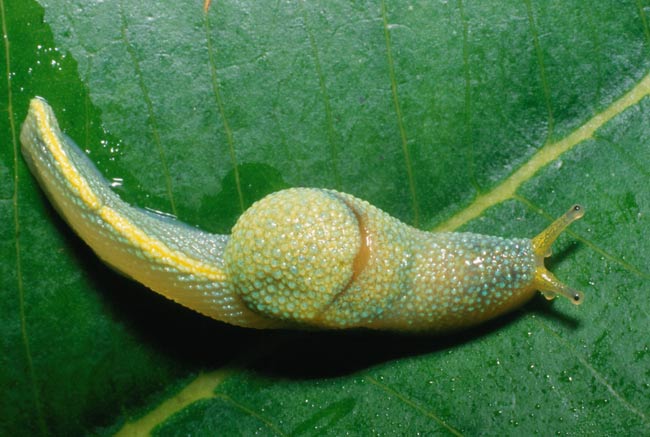
This green and yellow slug (Ibycus rachelae) was discovered on leaves in a mountain forest at altitudes up to 6,233 feet (1,900 meters) in Sabah, Malaysia. The slug sports a tail that's three times the length of its head, which it wraps around its 1.6-inch-long (4 cm) body as if a pet cat. In fact, its discoverers initially planned to name the slug Ibycus felis, after its feline inspiration. Instead, they named it after the girlfriend of one of its discoverers, Menno Schilthuizen of the Netherlands Centre for Biodiversity 'Naturalis.'
Borneo's Quirky Species
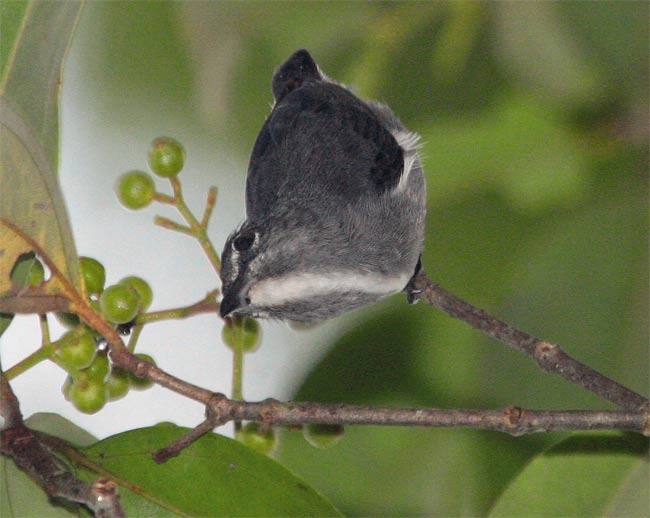
Named because of its prominent eye-rings, the spectacled flowerpecker has a grey body with bright white arcs above and below its eyes, a white throat and white tufts at the breast sides. Scientists think the flowerpecker is a canopy specialist, feeding off fruits high in tree canopies.
Hairy Ant

A new reddish-brown ant, Lordomyrma reticulate, was described in 2008, with a total of seven specimens obtained from leaf litter in a rainforest in Sabah, Borneo. The discovery has expanded the known range of the genus to include Southeast Asia. Until now, no Lordomyrma had been described from the area bounded by New Guinea to the south and Japan to the north.
Zebra-striped Fish

Also called the eight-banded barb, or Eirmotus insignis, the newly described fish measures about 1.4 inches (3.6 cm) in length and lives mainly in slow-moving, shallow rainforest streams and swamps in the Heart of Borneo. The fish is considered a shy, reluctant feeder.
Get the world’s most fascinating discoveries delivered straight to your inbox.
Borneo Orchid
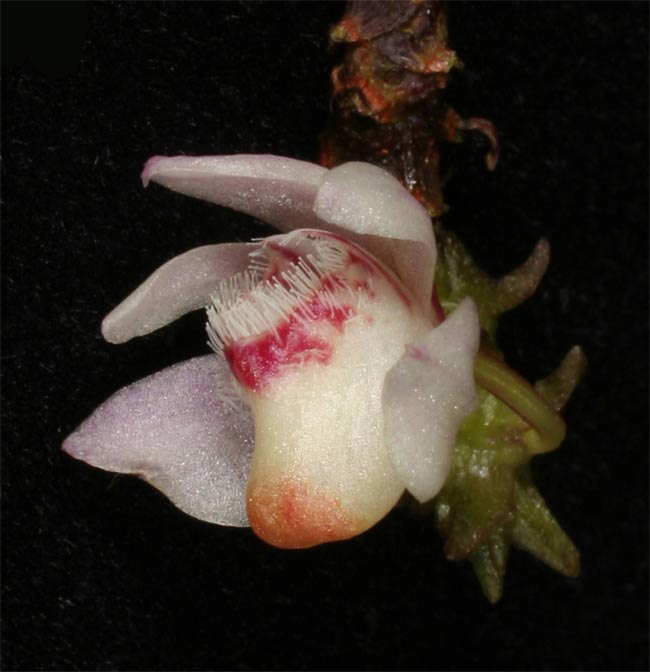
A wild orchid named Thrixspermum erythrolomum is one of the 37-plus new orchid species discovered in the Heart of Borneo. It was spotted on Gunung Trus Madi, Malaysia’s second highest mountain at 8,667 feet (2,642 meters). This mountain is well-known to support a diverse range of unique flora and fauna, and the new discovery supports Borneo's reputation as a mysterious secret garden.
Tiny Prawn
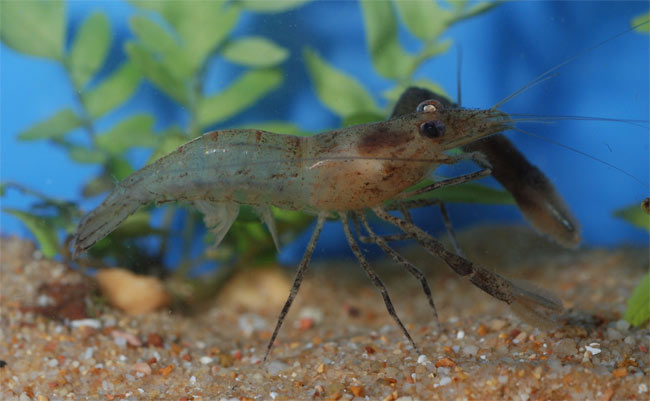
Scientists this new freshwater prawn species, Macrobrachium kelianense, in the Kelian River, located in the interior of East Kalimantan, in the Heart of Borneo. The new prawn is tiny, measuring barely more than a half inch (one cm) in length and it differs from similar species by having a greater number of teeth.
Color-changing Frog
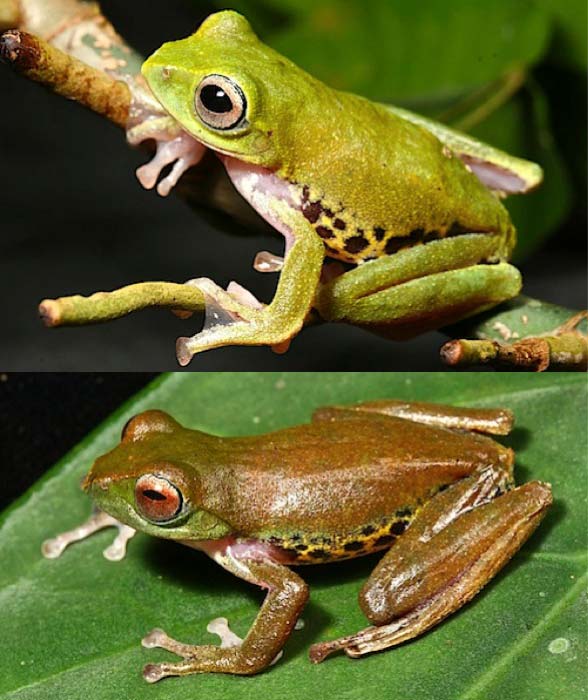
Called Rhacophorus penanorum, this tiny frog species, whose males grow to just 1.4 inches (3.5 centimeters), was discovered in Gunung Mulu National Park, Sarawak, in the Heart of Borneo. Also called the Mulu flying frog, the amphibian has a small pointed snout and is unusual in that the species has bright green skin at night but changes color to display a brown hue during the day. Its eyes follow suit to change color as well. And while the minute animal may not fly with the birds, it uses its webbed feet and aerodynamic flaps of skin on the arms and legs to glide from tree to tree.
Jeanna Bryner is managing editor of Scientific American. Previously she was editor in chief of Live Science and, prior to that, an editor at Scholastic's Science World magazine. Bryner has an English degree from Salisbury University, a master's degree in biogeochemistry and environmental sciences from the University of Maryland and a graduate science journalism degree from New York University. She has worked as a biologist in Florida, where she monitored wetlands and did field surveys for endangered species, including the gorgeous Florida Scrub Jay. She also received an ocean sciences journalism fellowship from the Woods Hole Oceanographic Institution. She is a firm believer that science is for everyone and that just about everything can be viewed through the lens of science.
 Live Science Plus
Live Science Plus





